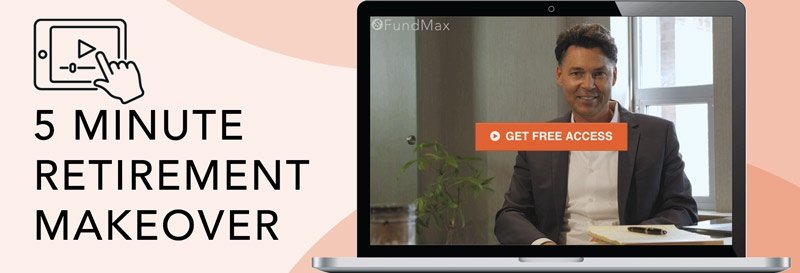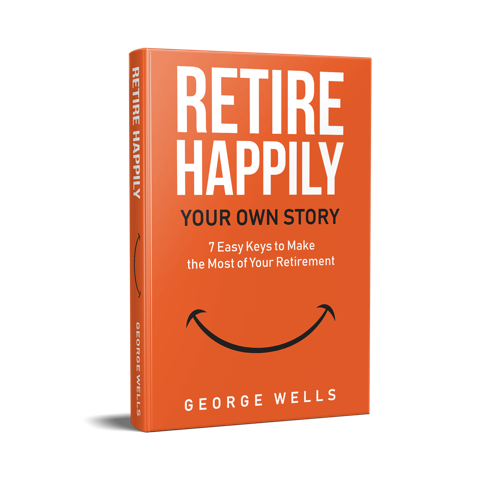Keep the Tax Free Advantage
Jacob, as a 16 year old only child, was enjoying life with his father until the day his dad announced that he had fallen in love with Sarah. Jacob would be getting a step brother and two step sisters. Jacob’s father, being a single parent since Jacob was two, had planned well for his son’s future. He had saved diligently into Jacob’s 529 and over the last 14 years. The $50,000 he saved had grown to $193,000, and it would all be tax free for Jacob’s college expenses. However, Jacob did not plan to go to college. He instead was planning on going to join his father’s heating and cooling business as soon as he graduated high school. Until the SECURE Act passed, the $143,000 gain on his father’s investment would have been taxed when he took it out. Other than the qualified expense, of approximately $2,700, Jacob needs for tools in his apprenticeship, he would not have a qualified college expense. The SECURE Act added a great benefit for this blended family. They get to keep the tax free advantage of the 529 and have the flexibility to use it for Jacob’s step siblings private school, apprenticeships, or college.
Why is this important?
In the last decade, 529 plans have begun to lose their luster because the traditional role of a ‘college education’ is being transformed and the usage rules were confined to tuition, housing, meal plans, books, and fees. If the earnings were withdrawn for ineligible costs, they were subject to income tax and a penalty. But now, the new rules of the 529 can make it much more advantageous.
What is the 529?
The 529 plan allowed tax free growth on contributions to the future ‘college fund’ and has recently been expanded into options such as student loans, apprenticeships, sibling student loans, and alternative schooling.
Student Loans
In the past, students would use the 529 plan to pay for school as they go. This makes sense; but in doing so, if a family member is helping them with expenses, it could limit the amount of aid eligibility. Distributions can be considered untaxed student income on the FAFSA (Free Applications for Federal Student Aid) and may reduce the aid by 50%. This can be avoided by waiting until January 1st of the student’s sophomore year of college to take 529 distributions because it no longer applies to the qualification stipulations.
Apprenticeships
This a fantastic option! To be qualified as an approved apprenticeship, the program must be registered with the Department of Labor under the National Apprenticeship Act. This is a great way to benefit from ‘on the job training’ with this tax advantaged account and have money for fees, textbooks, supplies, equipment, and tools.
Sibling Student Loans
Let’s make an example of Jacob …
It’s not just for Jacob anymore. Jacob’s brother’s, sisters, (if he had them) stepbrother, and stepsisters can all benefit from Jacob’s 529 account. Each related sibling can be a beneficiary of Jacob’s account. The siblings and step-siblings could receive money for homeschool, private school, apprenticeships, college or $10,000 each from Johnny’s 529 for college debt.
Alternative Schooling
With the growth of the private, religious, and homeschooling networks, you don’t have to wait until college to take advantage of the tax free benefits of the 529 plan.
The Rule
Section 302. Expansion of Section 529 Plans
The legislation expands 529 education savings accounts to cover costs associated with registered apprenticeships, homeschooling; up to $10,000 of qualified student loan repayments (including those for siblings); and private elementary, secondary, or religious schools.
Expanding the use of the 529 plan is encouraging. In the world of education is in a time of great transition. The days of apprenticeships being only for skilled trades labor are over. In today’s world of highly specialized focus and accessible training, internships and apprenticeships are starting to become a replacement for the traditional four-year college degree. It remains to be seen what specifically qualifies for this new use, but this is good news.
Warning
Something to take note of with the 529 plans, there are often limitations on where and how the funds can be invested.
Sources









